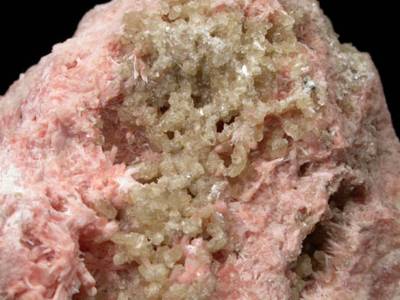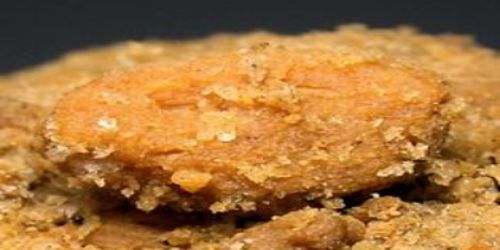Boehmite or böhmite is an aluminum oxide hydroxide (γ-AlO(OH)) mineral, a component of the aluminum ore bauxite. It is one of the three component minerals of the economically important aluminum ore Bauxite. It is named after German mineralogist Johann Böhm. It is dimorphous with diaspore.
It was first described by J. de Lapparent in 1927 for an occurrence in the bauxites of Mas Rouge, Les Baux-de-Provence, France, and named for the Bohemian-German chemist Johann Böhm (1895–1952) who carried out X-ray studies of aluminium oxide hydroxides in 1925 (and not for the German geologist Johannes Böhm (1857–1938) as often stated).
General Information
- Category: Oxide mineral
- Formula: γ-AlO(OH)
- Crystal system: Orthorhombic
- Crystal class: Dipyramidal (mmm).

Properties
It crystallizes in the orthorhombic dipyramidal system and is typically massive in habit. It is white with tints of yellow, green, brown or red due to impurities. It has a vitreous to pearly luster, a Mohs hardness of 3 to 3.5 and a specific gravity of 3.00 to 3.07. It is colorless in thin section, optically biaxial positive with refractive indices of nα = 1.644 – 1.648, nβ = 1.654 – 1.657 and nγ = 1.661 – 1.668.
- Color: White, pale greyish brown; yellowish or reddish when impure; colorless in thin section
- Crystal habit: Tabular crystal rare, fine-grained in pisolitic aggregates or disseminated
- Cleavage: Very good on {010}, good on {100}, and poor on {001}
- Fracture: Uneven
- Tenacity: Brittle
- Mohs scale hardness: 3.5
- Luster: Vitreous, pearly on {010}
- Streak: White
- Diaphaneity: Translucent
- Specific gravity: 3.02 – 3.05
Occurrences
Boehmite occurs in tropical laterites and bauxites developed on alumino-silicate bedrock. It also occurs as a hydrothermal alteration product of corundum and nepheline. It occurs with kaolinite, gibbsite, and diaspore in bauxite deposits; and with nepheline, gibbsite, diaspore, natrolite, and analcime in nepheline pegmatites. Industrially, it is used as an inexpensive flame retardant additive for fire-safe polymers.
Information Source:
















